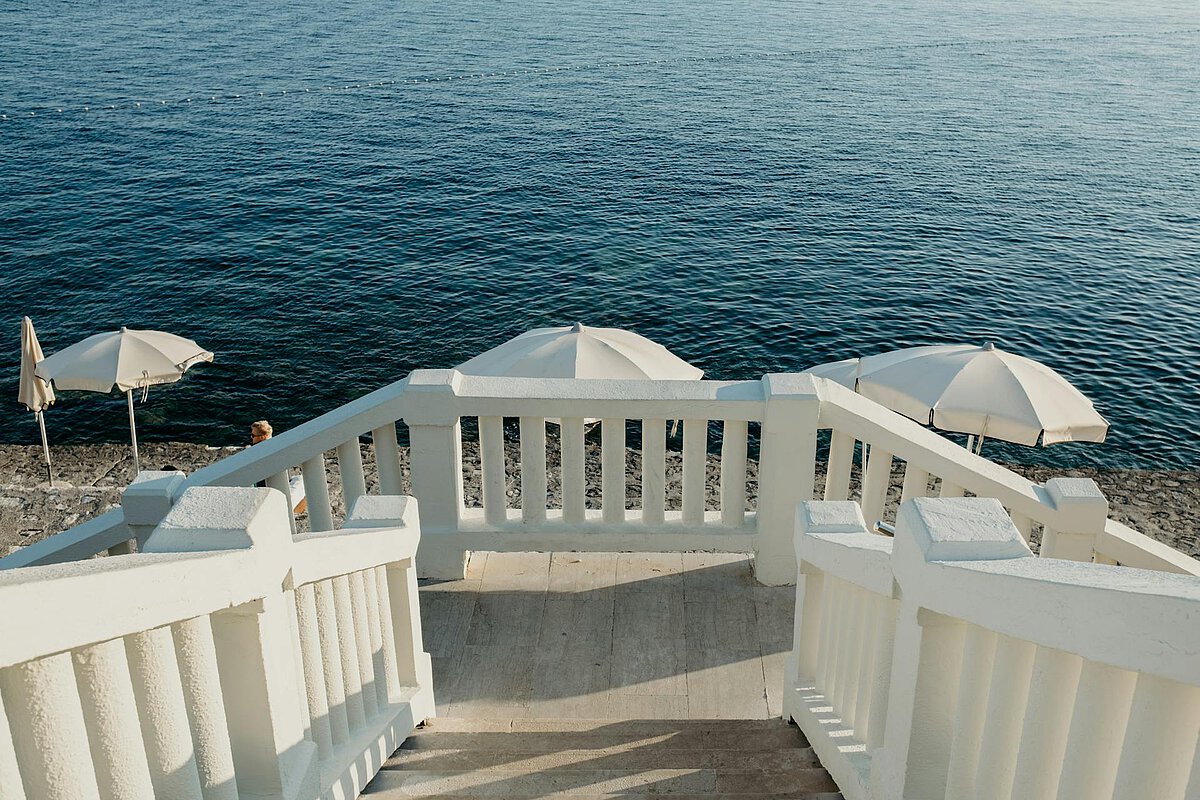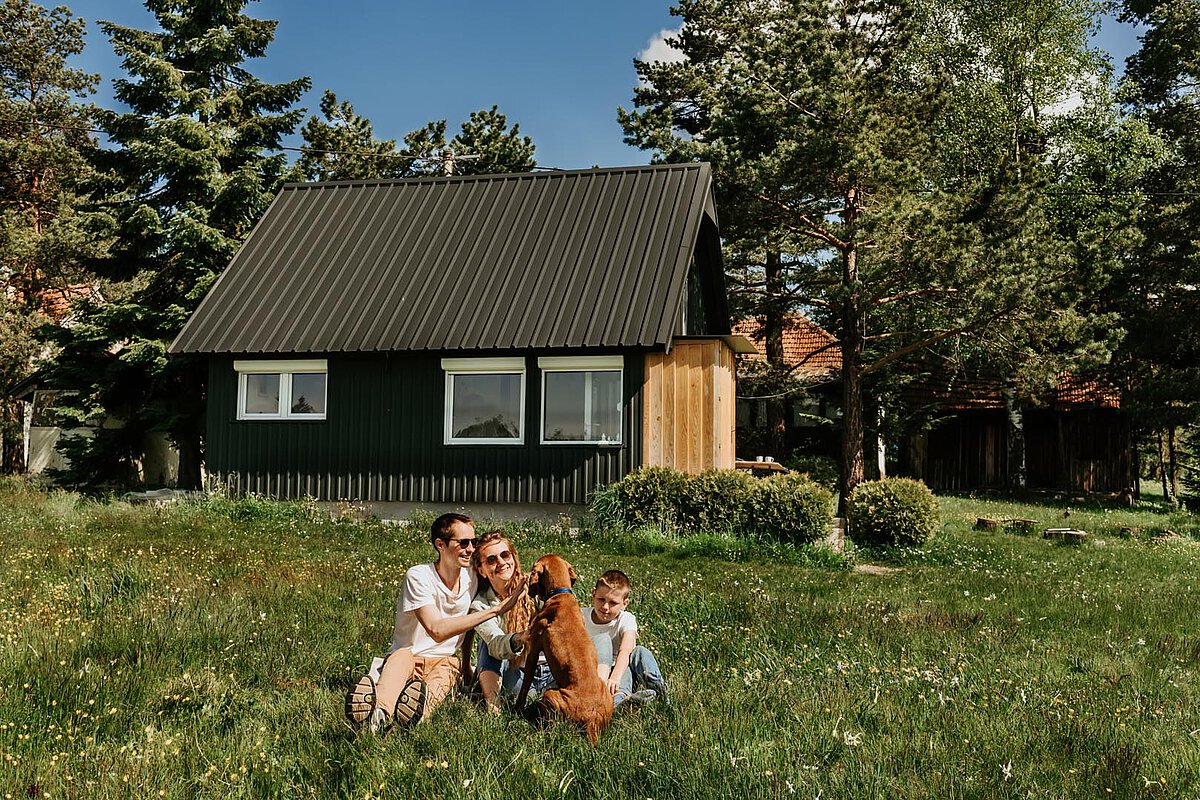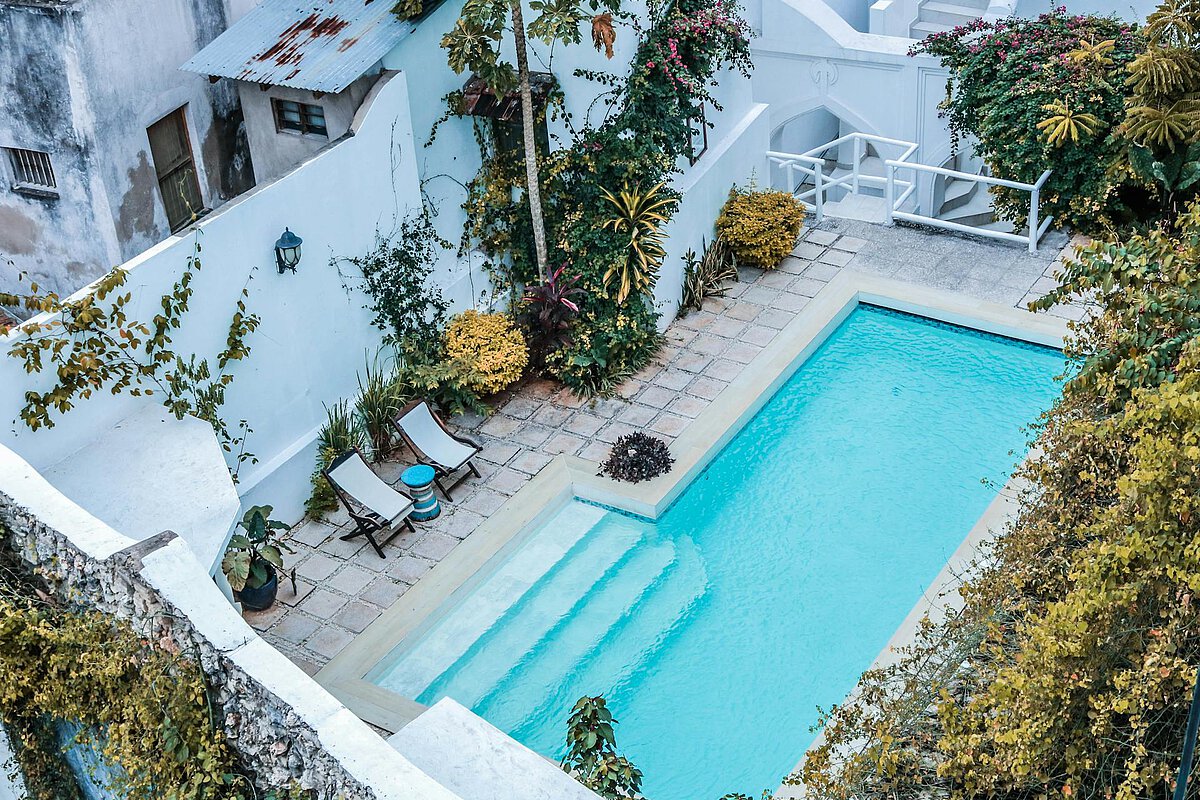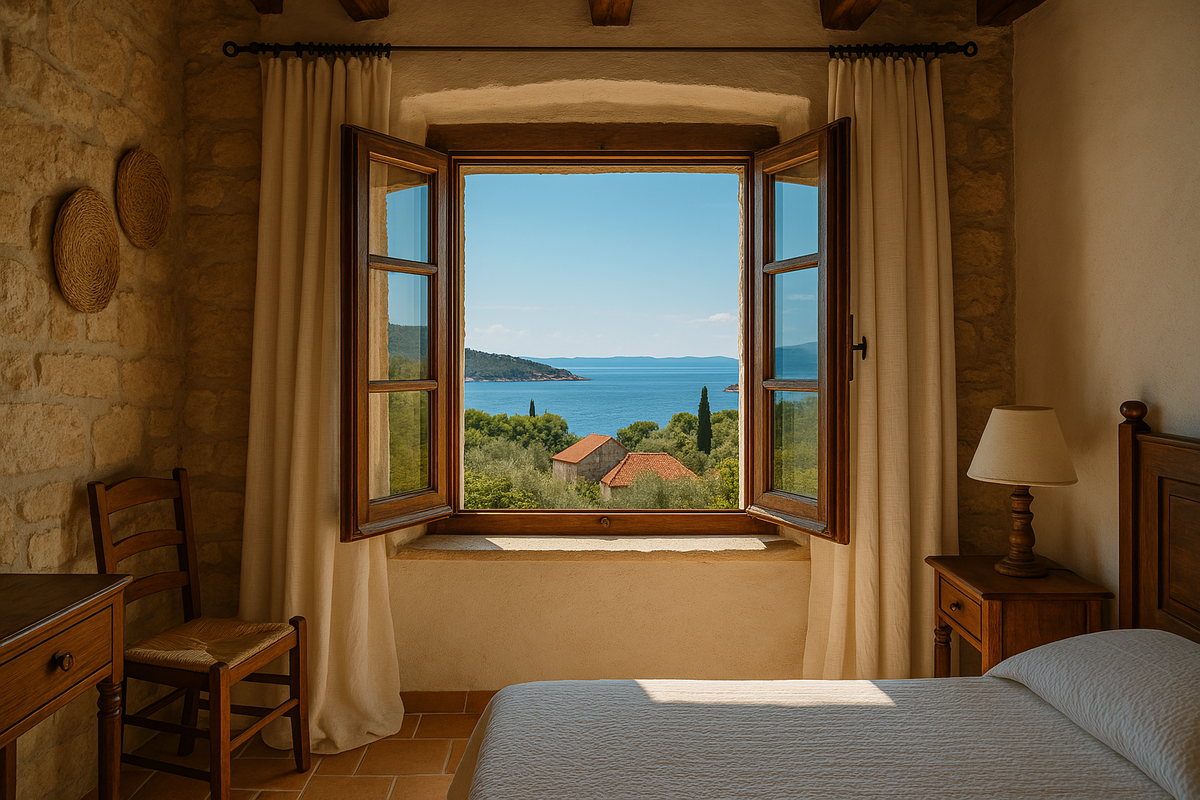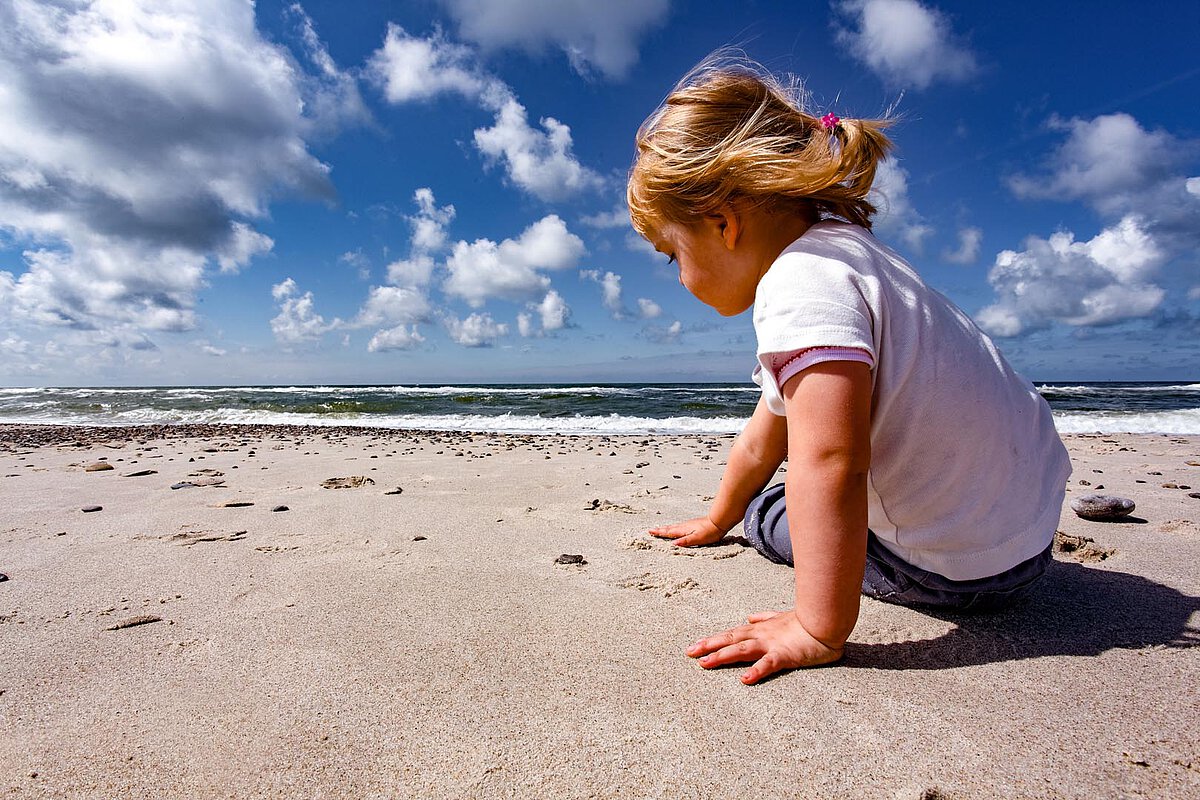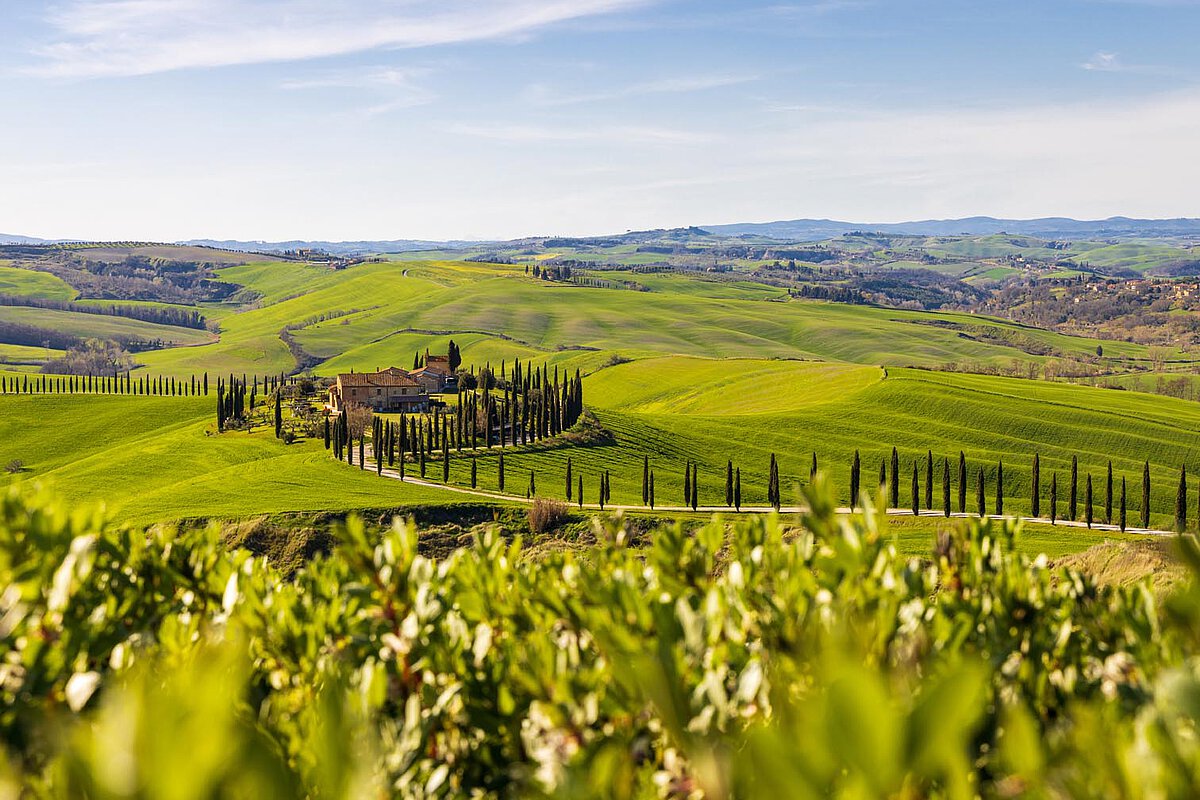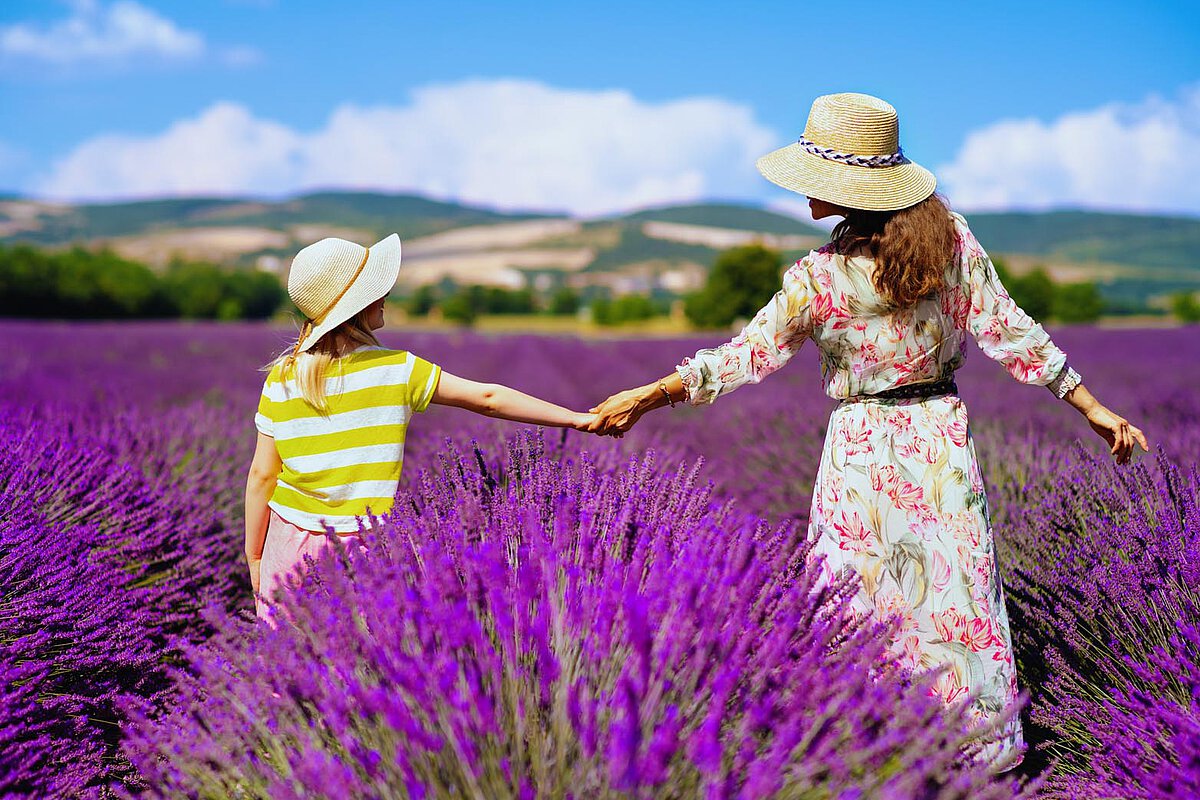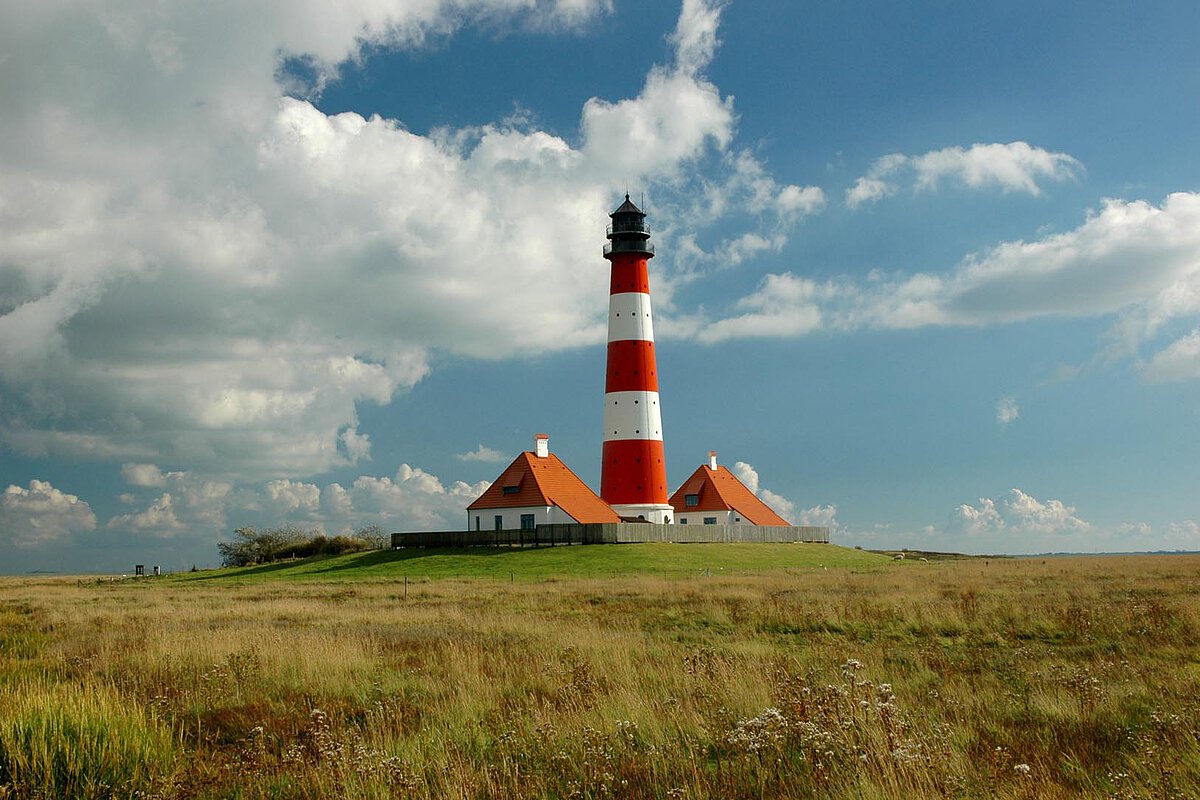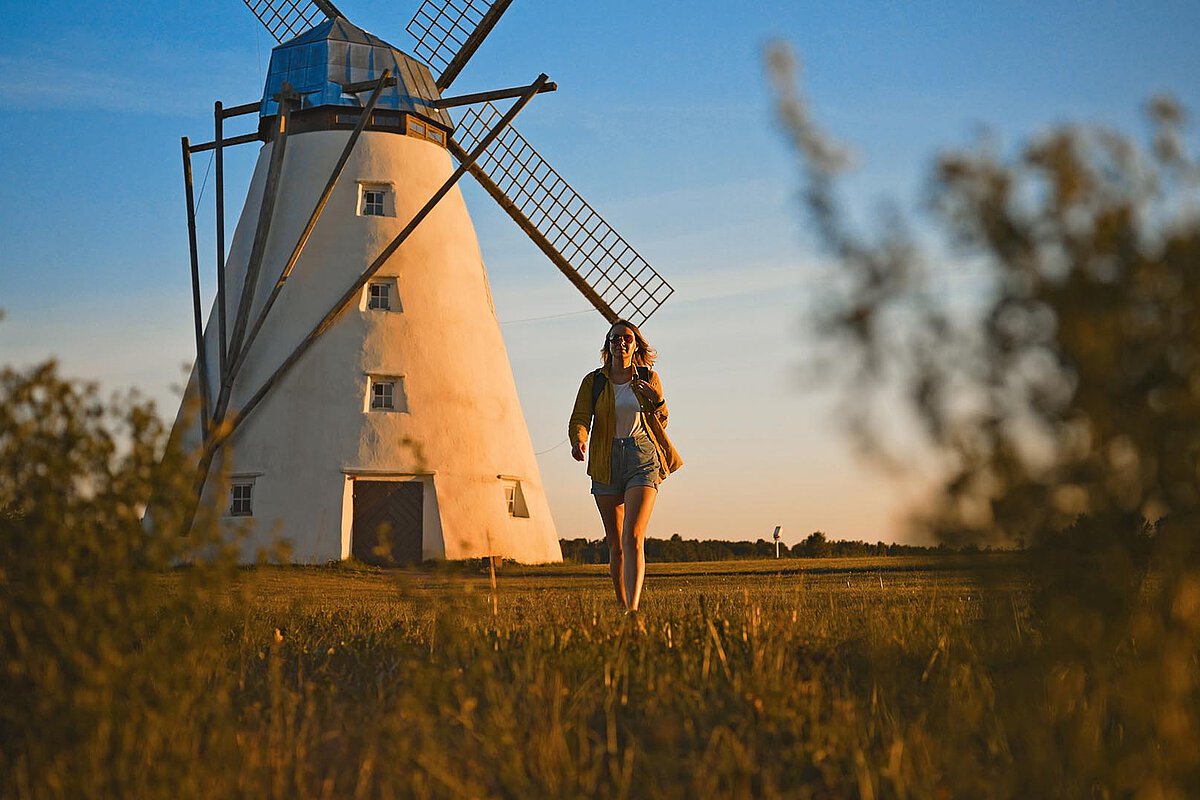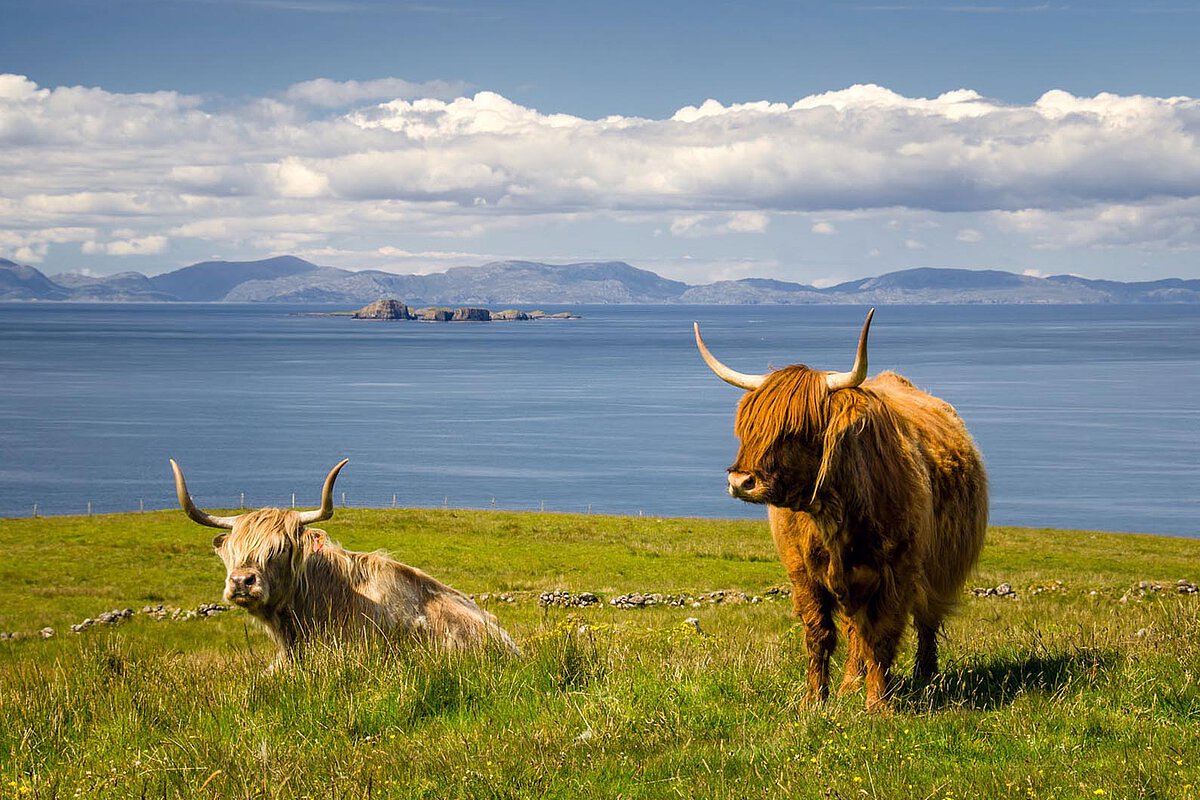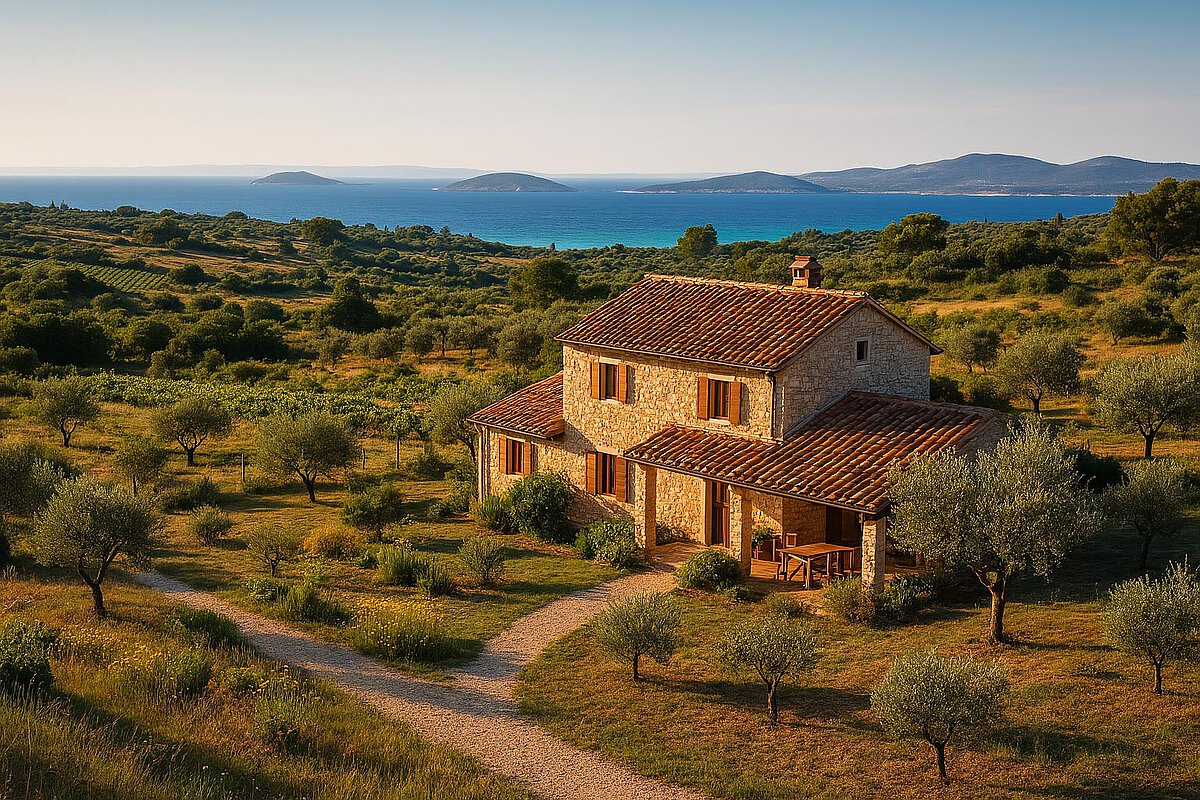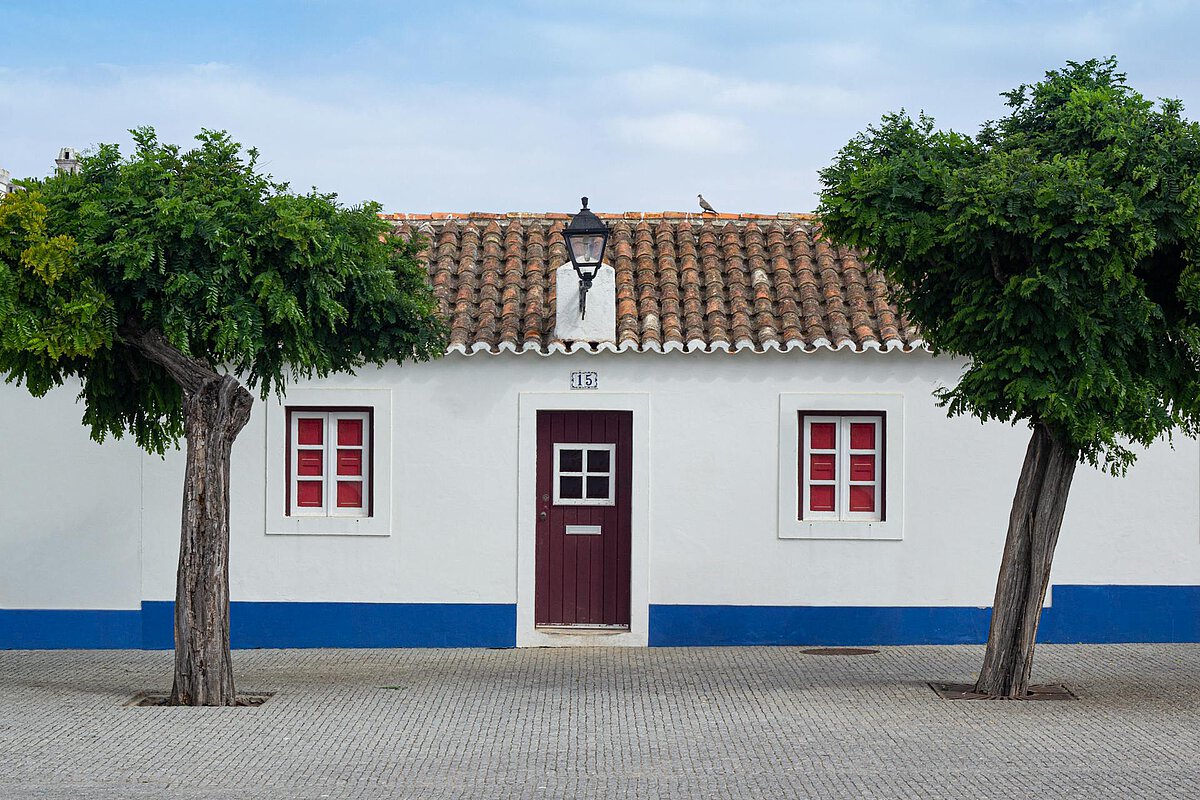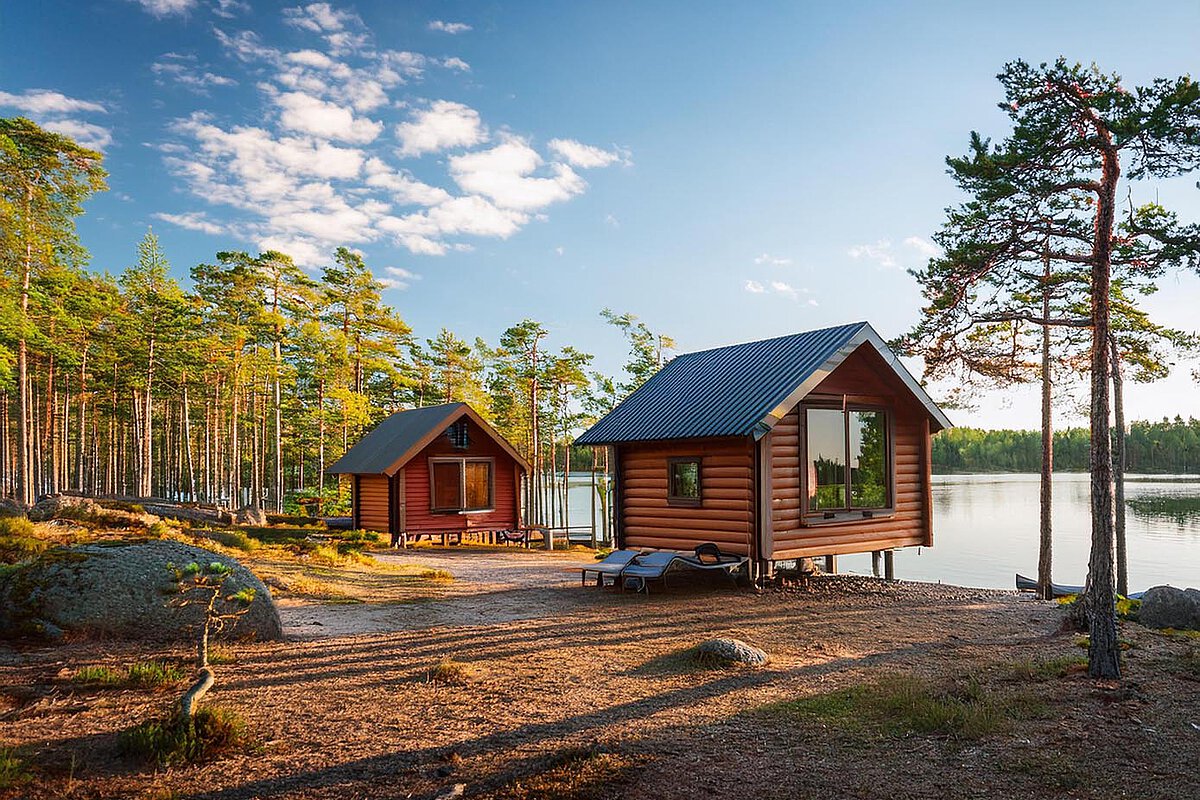Croatia's countryside escapes
Feel the soul of rural Croatia
From 1km to 10km: your way to the waves
Special stays for special needs: pets welcome & private pools
Sea views. Mountain peace. Family comfort.
Didn’t find what you were looking for?
Discover these countryside gems!
Croatia: Stone Walls, Sea Air, and an Open Heart
Croatia doesn’t shout for attention. It waits…quietly, confidently, behind dry stone walls, olive groves, and fig trees that have seen centuries go by. This is a land shaped by salt and sun, but even more by the people who still live close to the land.
Up in Istria, families distill their own rakija and tend heirloom vines between patches of forest and field. In Dalmatia, dried figs rest on window ledges and goats wander the hillside. In inland villages, cheesemaking, beekeeping, and bread baking aren’t hobbies. They’re how people live, and have for generations.
Stay on a farm here, and you’re not just visiting. You’re invited. To sit, taste, listen, walk, breathe. To find a slower rhythm that still holds meaning. Croatia isn’t made for rushing. It’s made for remembering.
A few things you should know about Croatia
Croatia may be best known for its coast, but there's a whole world inland that most visitors never see. The country stretches from alpine peaks to Mediterranean bays, from fertile plains to karst canyons. In just a few hours, the scenery shifts from vineyards to waterfalls to wide open pastures.
The country is home to over 1,200 islands, but also to eight national parks, including mountain wilderness in Northern Velebit and turquoise lakes in Plitvice, one of Europe’s oldest protected areas.
In rural regions like Slavonia, you’ll find golden wheat fields and centuries-old oak forests. In Lika, small farms raise sheep, grow potatoes, and collect forest mushrooms. And throughout the country, agriculture is still deeply tied to the seasons, with many families producing their own olive oil, wine, cheese, and honey.
Croatia isn’t just diverse in landscape. It’s rich in rhythm, taste and tradition.
A land that still grows with its hands
Agriculture in Croatia isn’t mass-produced. It’s patchworked. Family plots, old stone terraces, tiny vineyards tucked between fig trees and pine. The kind of farming where people know their land, its quirks, its moods, its limits.
In Slavonia, the soil is deep and generous. Wheat, corn, peppers, plums. Smokehouses and cellars are full of family-made rakija, paprika, sausages, and preserves. Move south to Lika, and the air gets cooler. Sheep graze near mountain lakes. Potatoes, cabbage, and beans grow in tidy rows beside wooden barns.
Along the coast and on the islands, olives and vines reign. In Istria, the olive oil is sharp and green-gold. The wine is earthy and mineral. Dalmatian farms often work with the land’s wildness, rocky soil, sun-scorched slopes, sea breezes, and the result is intense, resilient food.
It’s not uniform. It’s not fast. But it’s real… and more and more, it’s being rediscovered by a younger generation who value depth over volume.
Places that linger long after you’ve left
Croatia’s beauty isn’t limited to its coastline. It’s in the hush of pine forests in Gorski Kotar, in dry stone paths winding through olive groves, and in the shadows cast by old bell towers in inland villages.
Travel away from the crowds and the country unfolds. In Konavle, behind Dubrovnik, you’ll find old watermills, fig trees, and farmers’ markets that run on trust. In Istria, hilltop towns like Motovun and Grožnjan look out over rows of vines and forest, with art galleries tucked into old stone houses.
Then there are the islands. Vis is quiet, timeless, a place where fishermen still mend their nets by hand. On Cres, sheep roam freely between crumbling walls. Mljet hides salt lakes and a 12th-century monastery in the middle of a forest.
Farm life, the croatian way
Staying on a Croatian farm isn’t about rustic charm, it’s about stepping into someone’s rhythm. You wake up to the sound of roosters or church bells, help with breakfast in a kitchen that smells like plum jam, or walk barefoot through a vineyard before dinner.
In Istria, you might press olive oil in autumn or taste truffles dug up that same morning. In Slavonia, there’s homemade ajvar on the table, corn in the fields, and time for long conversations over rakija. Lika is quieter: mountain herbs, smoky cheese, wool blankets and cool evenings.
Some places will invite you to cook, others to shear sheep or gather wild herbs. But often, the best part is doing nothing… just sitting with the people who live here, listening to their stories, watching how they move through the day. A Croatian farm stay isn’t staged. It’s real. And it stays with you longer than you expect.
FAQs
It’s simple, real, and quietly unforgettable. You might wake up to goats in the yard, drink homemade rakija in the evening, or help dry figs in the sun.
In Istria and Dalmatia, families still live close to the land: growing, baking, making cheese the way their grandparents did. It’s not about tours or entertainment. It’s about sharing daily life.
If you’re looking for peace, good food, and real connection, this is where you’ll find it.
Absolutely. The coast is stunning, sure, but inland Croatia is a whole different story. Think alpine peaks, rolling vineyards, waterfalls, and wild national parks.
In regions like Slavonia and Lika, life still follows the seasons. Families grow their own food, raise animals, and make olive oil, cheese, and wine the old-school way.
If you’re into nature, tradition, and quieter places, rural Croatia is where the real magic happens.
It’s small-scale, hands-on, and deeply local. Think family plots, fig trees, sheep near mountain lakes, and cellars full of homemade rakija and smoked sausage.
In Slavonia, the soil is rich. In Lika, cooler air and simple crops. Along the coast and islands, it’s all about olives and vines shaped by sea and stone.
It’s not big agriculture. It’s personal, and more and more young people are bringing it back!
Leave the crowds behind, and Croatia gets even better. In Gorski Kotar, pine forests are all you hear. In Konavle, just outside Dubrovnik, watermills still turn and markets run on trust.
Istria has hill towns like Motovun and Grožnjan, full of vineyards and stone houses turned into art studios. And the islands? Vis feels like time stood still. Cres has free-roaming sheep. Mljet hides salt lakes and a forest-wrapped monastery.
These are the places that stay with you, long after you’ve left.
It’s not just “rustic charm”, it’s real life. You might wake up to church bells, stir plum jam in the kitchen, or walk through vineyards barefoot before dinner.
In Istria, you could help press olive oil or taste fresh truffles. In Slavonia, there’s homemade ajvar and long chats over rakija. Lika is slower still, with mountain herbs, smoked cheese, and cool, quiet nights.
Sometimes you’ll join in cooking, shearing sheep, picking wild herbs. Other times, it’s just about sitting with your hosts and seeing how they live.
A Croatian farm stay isn’t curated. It’s lived, and that’s what (for us) makes it unforgettable.


